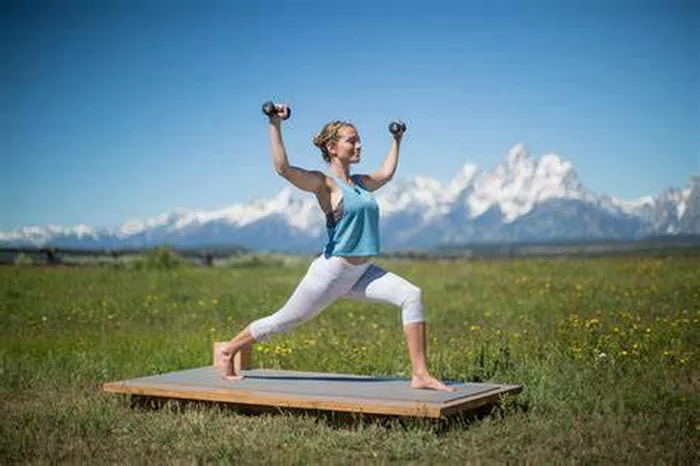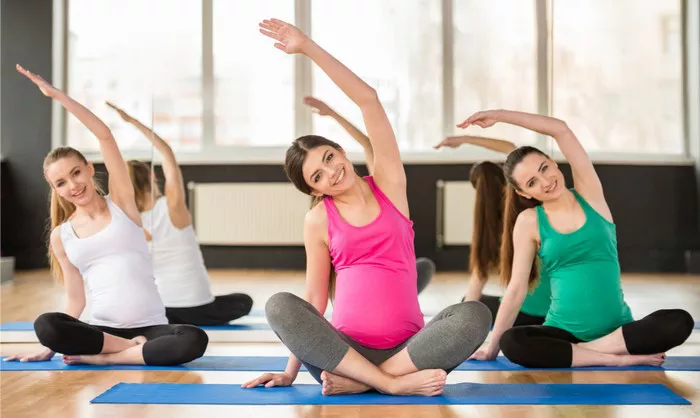Yoga is a practice that emphasizes harmony between the body, mind, and breath. One of the key elements to a safe and effective yoga session is a proper warm-up. A well-structured warm-up prepares the body for the physical demands of yoga, enhances flexibility, reduces the risk of injury, and promotes mental focus. But how long should a yoga warm-up be? The answer depends on various factors, including the type of yoga being practiced, the time of day, the practitioner’s level of experience, and individual body needs.
This article will explore the ideal duration for a yoga warm-up, why warming up is essential, different types of warm-up exercises, and tips for optimizing your warm-up routine.
The Importance of Warming Up Before Yoga
Warming up before yoga serves several important functions:
Prepares the Body Physically: A proper warm-up gradually increases the heart rate, circulation, and body temperature, making muscles more pliable and reducing the risk of strains or injuries.
Enhances Flexibility: Muscles and joints function better when they are warm, allowing for a deeper and safer range of motion.
Prevents Injuries: Cold and stiff muscles are more prone to injury. A warm-up ensures that muscles, tendons, and ligaments are ready for stretching and movement.
Improves Performance: A prepared body moves with greater ease and efficiency, allowing for better alignment and posture during asanas (yoga poses).
Promotes Mindfulness: A warm-up helps transition the mind from everyday stress to the present moment, enhancing focus and breath awareness.
Factors That Determine the Ideal Warm-Up Duration
The length of a warm-up depends on several factors, including:
1. Type of Yoga Practice
Gentle Yoga (e.g., Hatha, Yin, Restorative): These styles focus on slow movements and longer holds. A shorter warm-up of 5-10 minutes is usually sufficient.
Dynamic Yoga (e.g., Vinyasa, Ashtanga, Power Yoga): More physically demanding styles require a longer warm-up of 10-20 minutes to prepare the muscles and joints for movement.
Hot Yoga or Bikram Yoga: Since the practice takes place in a heated room, the muscles are naturally warm, and a brief 5-10 minute warm-up may be enough.
Prenatal or Therapeutic Yoga: These practices often include gentle movements and stretches, requiring a warm-up of 10-15 minutes tailored to individual needs.
2. Time of Day
Morning Practice: In the morning, the body tends to be stiffer after hours of rest. A longer warm-up of 15-20 minutes is recommended to wake up the muscles and joints.
Evening Practice: By the evening, the body is already warmed up from daily activities. A shorter 5-10 minute warm-up may suffice.
3. Experience Level
Beginners: Those new to yoga need a longer warm-up (10-20 minutes) to ease into the practice and prevent injuries.
Advanced Practitioners: More experienced yogis may require less time (5-10 minutes), as their bodies are already accustomed to the movements.
4. Body Condition and Temperature
- If the body is naturally warm (e.g., after a workout or in warm weather), a shorter warm-up is sufficient.
- If the body feels stiff, sore, or cold (e.g., during winter or after long periods of inactivity), a longer warm-up is beneficial.
Components of an Effective Yoga Warm-Up
A good yoga warm-up should include the following elements:
1. Breath Awareness (2-5 Minutes)
Before engaging in physical movement, it’s essential to connect with the breath. Practicing deep breathing techniques, such as Ujjayi breath or diaphragmatic breathing, helps calm the mind and prepare the body for movement.
2. Gentle Joint Movements (5-10 Minutes)
Begin with small movements to loosen the joints:
Neck Rolls: Slowly rotate the neck to relieve tension.
Shoulder Rolls: Move the shoulders forward and backward to increase mobility.
Wrist and Ankle Rotations: Mobilize these joints to prepare for weight-bearing poses.
Spinal Twists: Gentle seated or standing twists help increase spinal flexibility.
3. Dynamic Stretches and Mobility Exercises (5-10 Minutes)
Engage in flowing movements that warm up major muscle groups:
Cat-Cow Stretch: Enhances spinal flexibility and warms up the back.
Sun Salutations (Surya Namaskar): A full-body warm-up that increases heart rate, improves flexibility, and prepares for more intense poses.
Lunges and Hip Openers: Help prepare the lower body for standing poses and deep stretches.
4. Core Activation (Optional, 3-5 Minutes)
A strong core stabilizes the body during yoga practice. Incorporating gentle core exercises like Boat Pose (Navasana) or gentle crunches can enhance stability.
Tips for an Effective Warm-Up
Listen to Your Body: Adjust the duration and intensity of your warm-up based on how your body feels.
Stay Consistent: Make warming up a habit to prevent injuries and improve overall performance.
Integrate Breath Awareness: Always coordinate movement with breath to cultivate mindfulness.
Gradually Increase Intensity: Start slow and progressively deepen movements to prepare the body adequately.
Conclusion
Ultimately, the best approach is to listen to your body and tailor your warm-up to your specific needs. A well-prepared body leads to a more enjoyable, effective, and injury-free yoga session. Prioritizing a good warm-up ensures that your practice remains safe, mindful, and rewarding.
Related Topics:






















